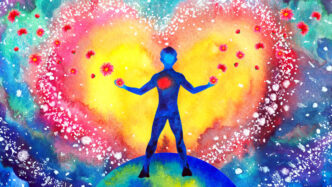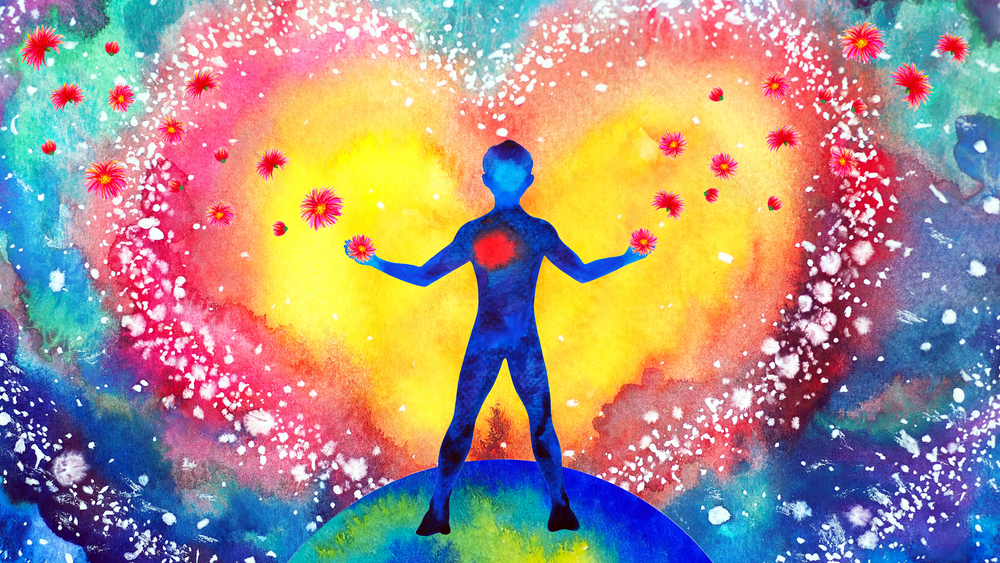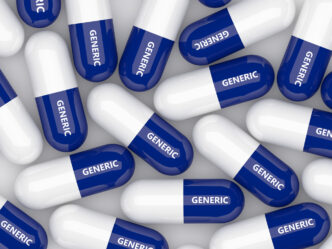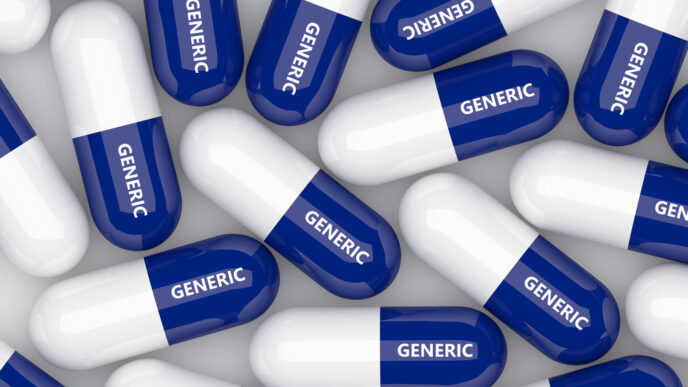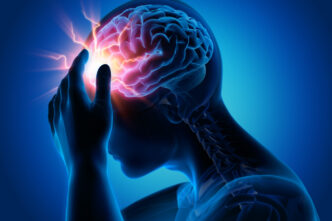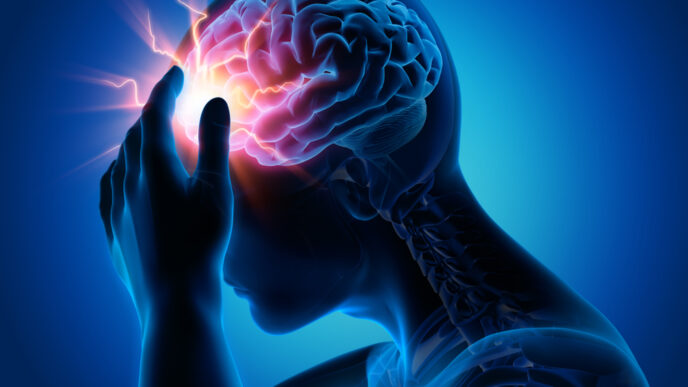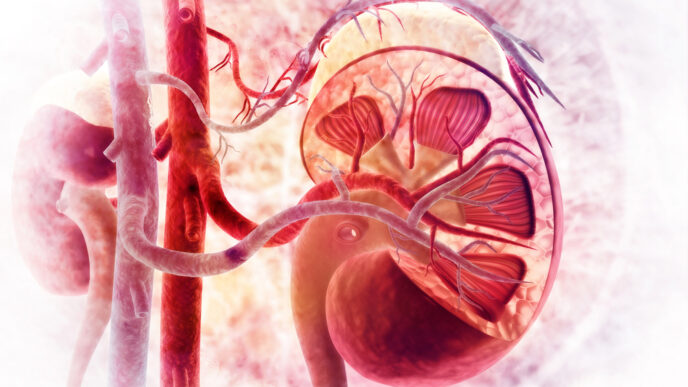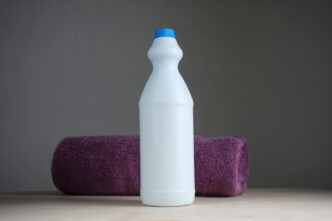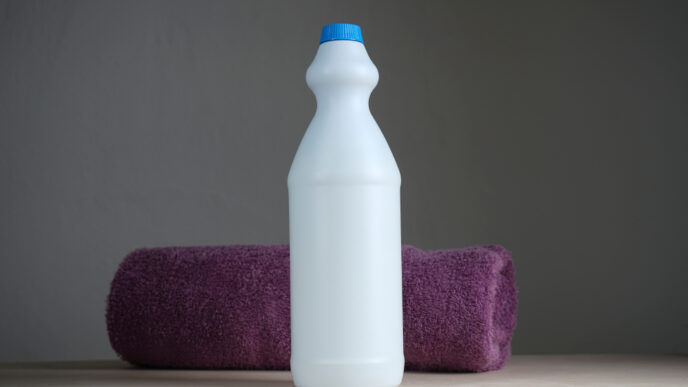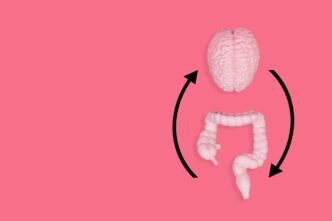This article offers an impartial, research-based look at Reiki to help readers understand the principles behind it and why Reiki can be considered controversial. The aim is not to endorse or discourage against Reiki but to provide clear, factual information for an educated decision.
WORDS LIM TECK CHOON
Reiki is a Japanese spiritual healing practice built around the idea of “universal life energy”.
- The word itself comes from Rei, meaning universal or spiritual, and Ki, meaning life force energy.
- Practitioners believe this energy flows through all living things, and by channeling it through their hands — either gently touching or hovering above the body — they can support physical, emotional, and mental well-being.
- Reiki is not linked to any specific religion. It is usually used as a complementary therapy, aimed at promoting relaxation and overall wellness.
- However, note that Reiki is not in the list of practice areas recognized by our Ministry of Health under its Traditional and Complementary (T&CM) Act 2016.
| Click here for more information about T&CM Act 2016 and how it can safeguard you as well as benefit the traditional and complementary medicine sector in Malaysia. |
HOW REIKI IS SUPPOSED TO WORK
- Reiki rests on the idea that an unseen life force energy flows through the body, and that blockages or imbalances can lead to illness or emotional distress.
- A session is said to balance and strengthen this energy, helping the body’s natural healing processes while activating the parasympathetic nervous system for relaxation.
Why This Is Considered Controversial
- Reiki is widely regarded by many experts as pseudoscience because “life force energy” has no real-world evidence and has never been detected by scientific instruments.
- Reviews of clinical studies often highlight methodological flaws, and there is no robust evidence to support the claim that Reiki can be a cure for disease.
That said, there are some researches that suggests Reiki can help with relaxation and stress relief beyond placebo effects.
Nonetheless, many mainstream scientific agencies around the world caution against relying on Reiki as a standalone treatment.
IF REIKI IS A PSEUDOSCIENCE, WHY IS IT NOT BANNED?
Reiki has not been banned because it’s generally used as a complementary therapy, not a replacement for conventional medicine. In this manner, it poses little direct harm.
Health organizations typically recommend it only as an adjunct for supportive care — like stress relief or palliative care.
Even then, regulation varies widely. Some governments focus on preventing misleading claims rather than prohibiting the practice outright.
Meanwhile, there are many people and practitioners that continue to value Reiki for its relaxation benefits.
WHY PEOPLE OFTEN FEEL THAT REIKI WORKS
Proponents of modern medicine claim that one’s experiences of Reiki’s effects can be shaped by:
- Placebo responses — sometimes one can feel better after a treatment, even if the treatment has no active medical ingredients, simply because they believe it will help.
- Focused attention from the practitioner.
- The calming environment of a session.
The above psychological factors, the proponents argue, may all contribute to the perception that Reiki is “healing”, even if no mystical energy is at work.
SO, IS IT OKAY TO TAKE UP REIKI?
Physically, Reiki is low-risk as involves gentle touch or near-body hand placement.
Furthermore, while many still debate the existence of a “universal life force”, the relaxation benefits can be beneficial.
The main concern many have, however, is if someone relies solely on Reiki to treat a serious condition.
Doing so will delay evidence-based treatment, thus potentially worsening outcomes.
Hence. most healthcare professionals advise using Reiki only alongside conventional medical care and recommend discussing it with doctors to ensure a safe, holistic approach.
| This article is part of our series that take a closer, unbiased look at alternative medicine. |
References:
-
International Association of Reiki Practitioners (IARP). (n.d.). What is Reiki? Read about the origin and history of Reiki. https://iarp.org/what-is-reiki/
- McManus D. E. (2017). Reiki is better than placebo and has broad potential as a complementary health therapy. Journal of Evidence-based Complementary & Alternative Medicine, 22(4), 1051–1057. https://doi.org/10.1177/2156587217728644
- Einion, A. (2022). Biofield and manipulative therapies for emotional wellbeing and fertility. In Vaamonde, D, Hackney. A.C., & Garcia-Manso, J.M. (Eds.) Fertility, Pregnancy, and Wellness (pp. 249–263). https://doi.org/10.1016/b978-0-12-818309-0.00025-3
- US National Center for Complementary and Integrative Health (NCCIH). (n.d.) Reiki. https://www.nccih.nih.gov/health/reiki

